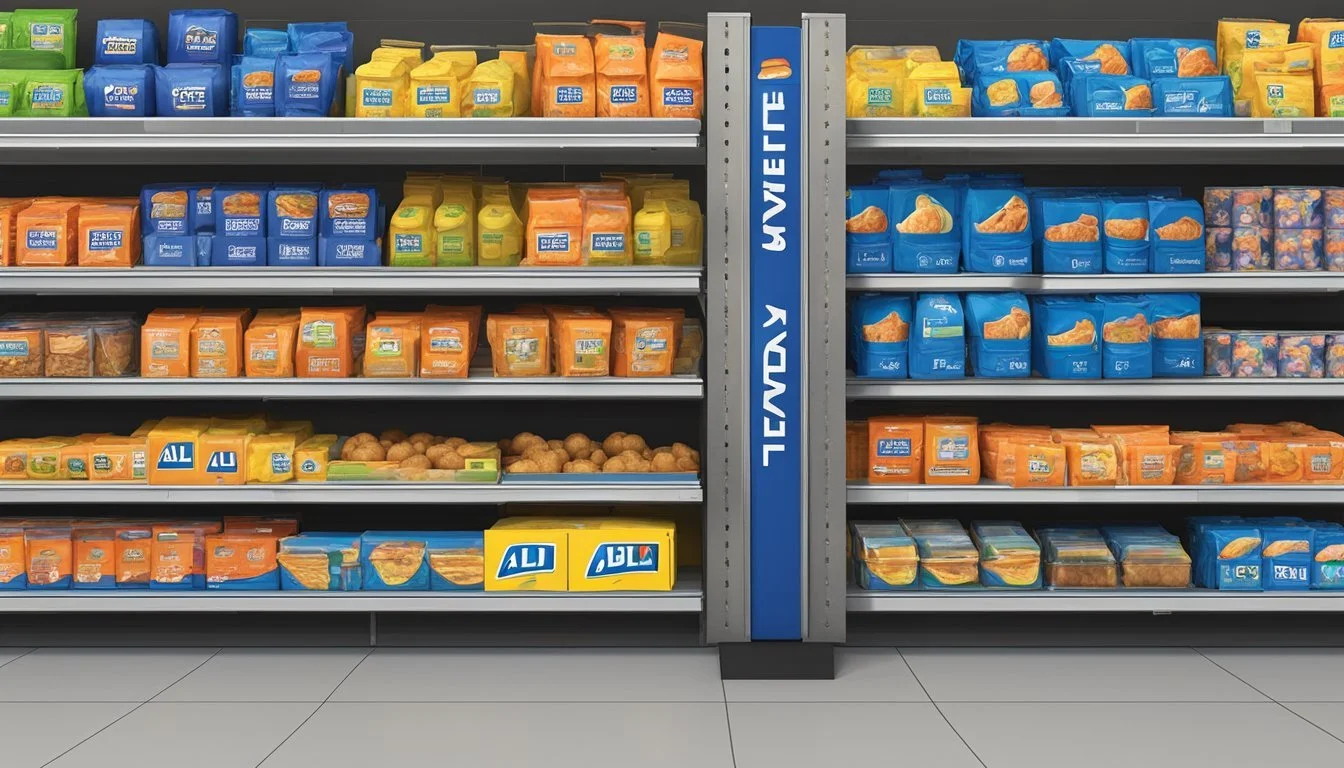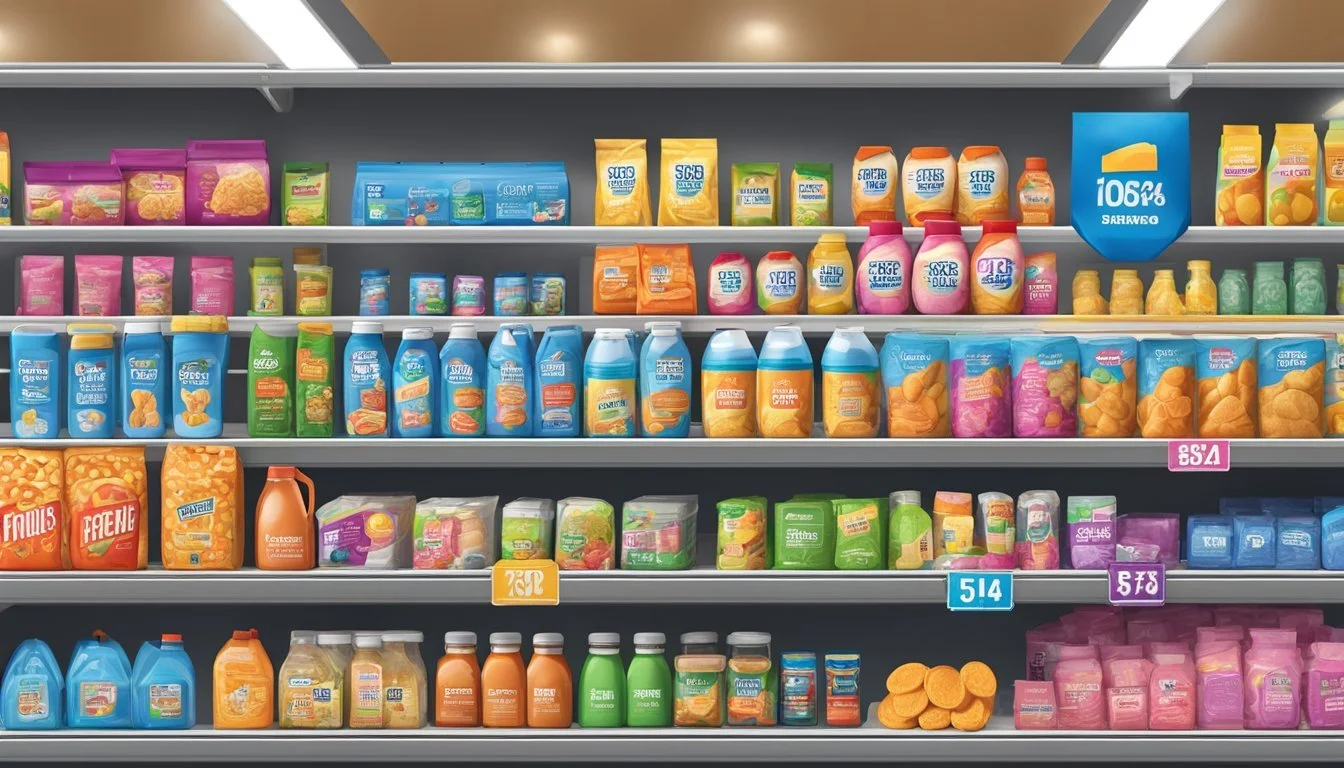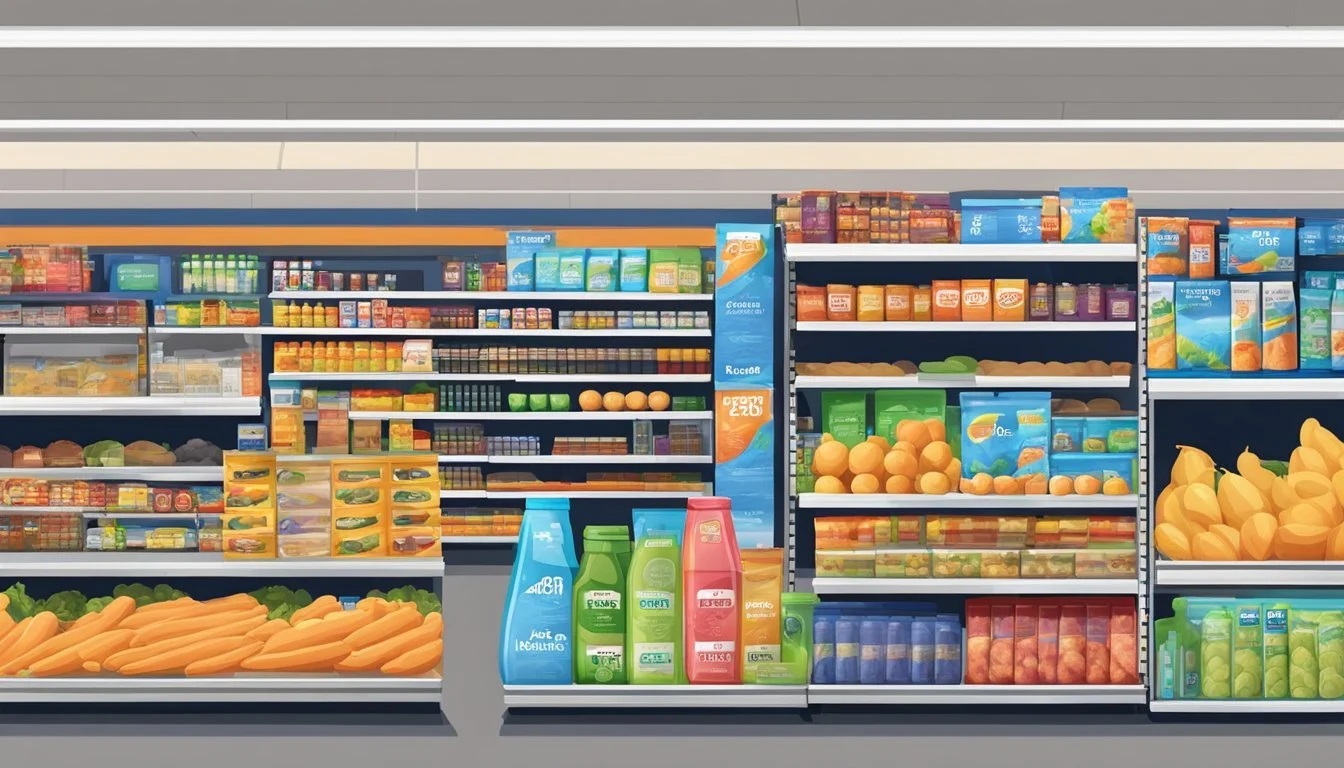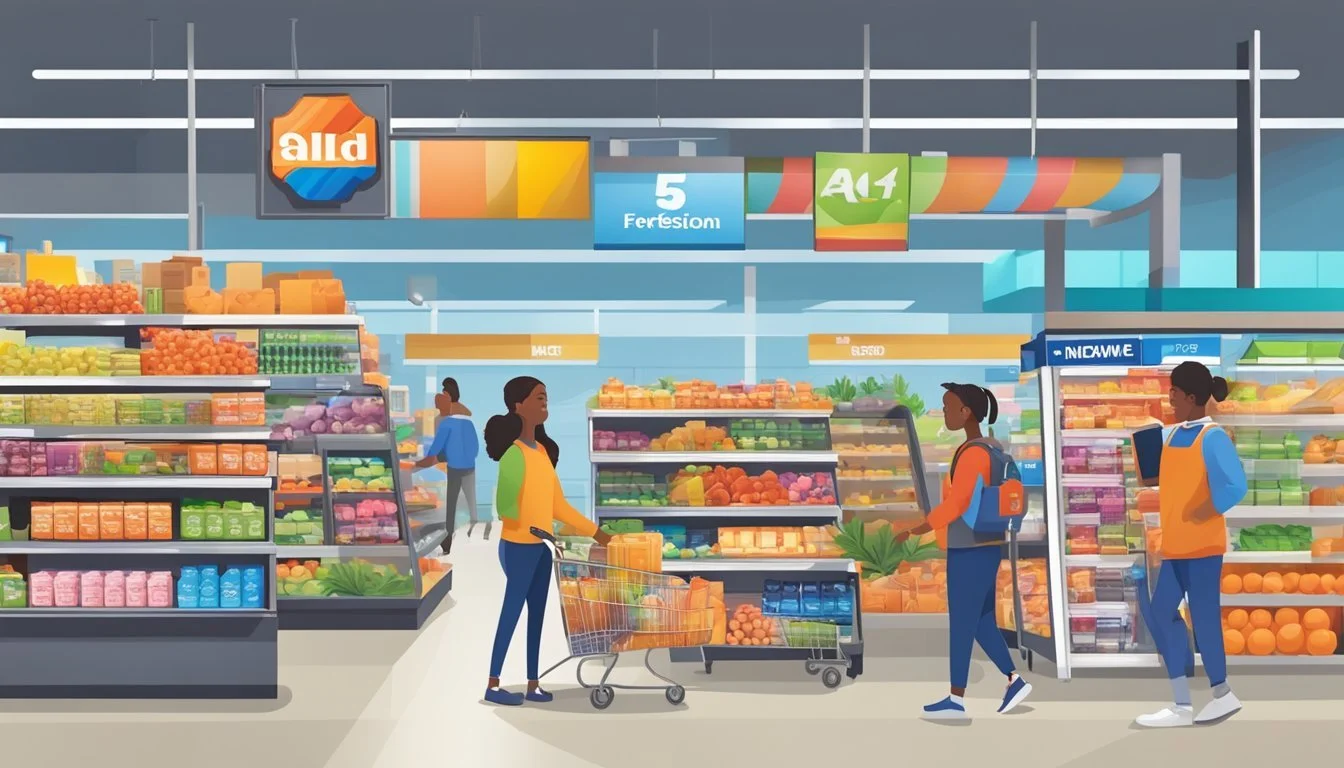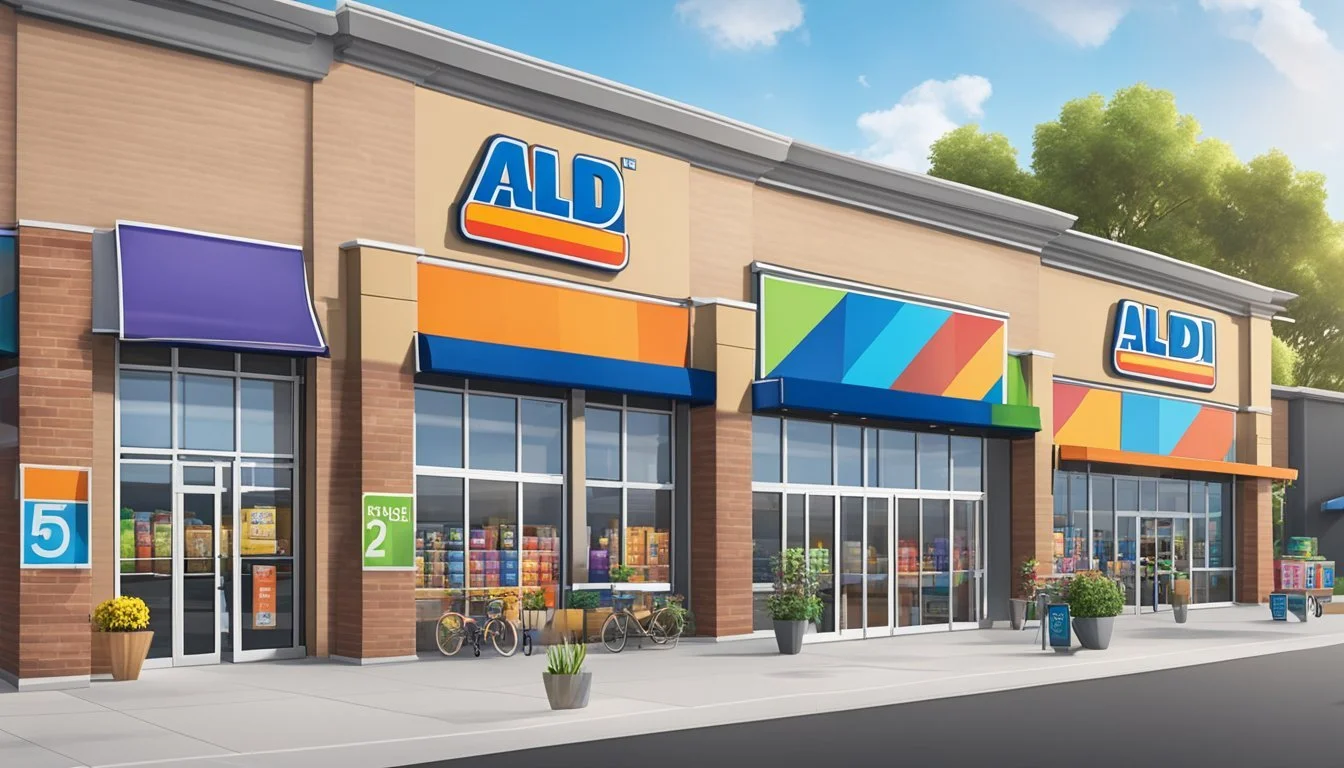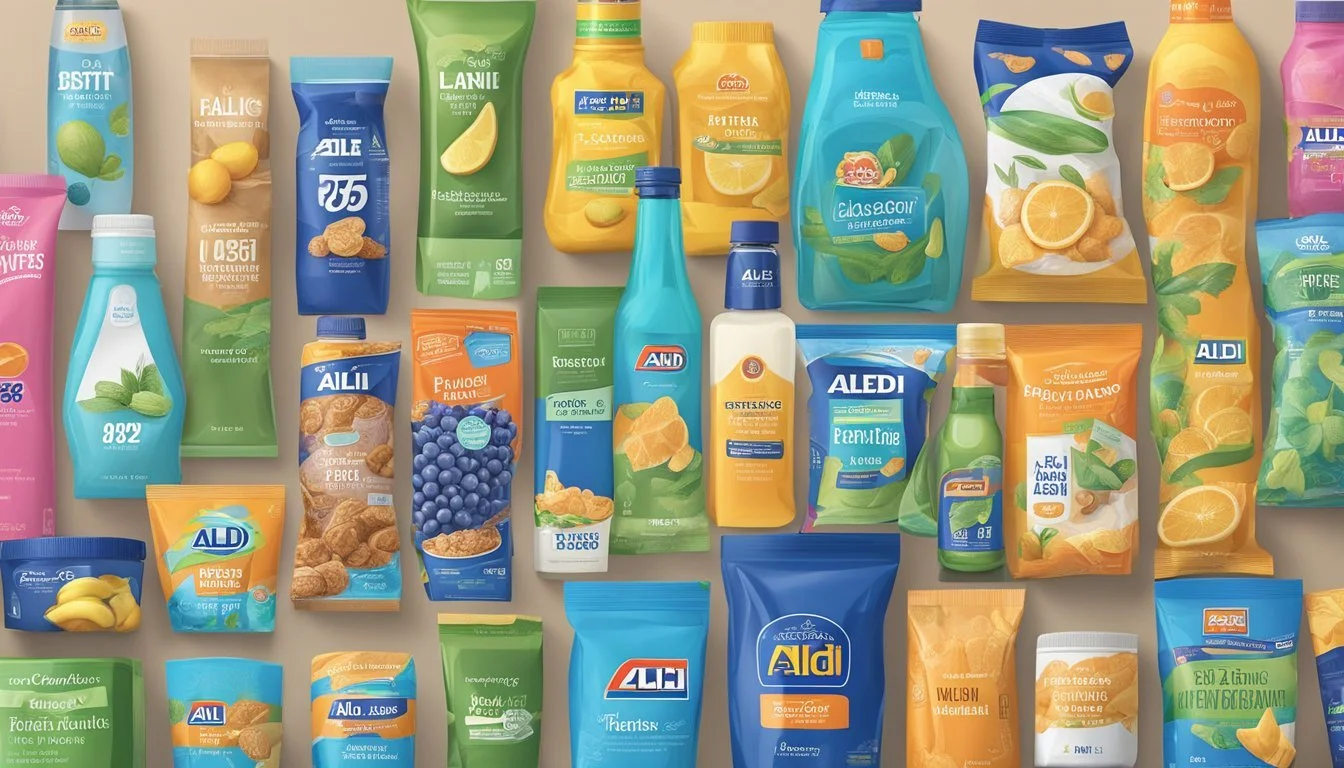Is Aldi Cheaper Than Five Below?
A Price Comparison of Budget Retailers
Aldi and Five Below are both known for their low prices, but they cater to different consumer needs. While Aldi focuses on groceries and household essentials, Five Below offers a wide array of discount items priced at $5 or less.
Comparing prices between Aldi and Five Below is challenging due to their differing product ranges. Aldi typically offers lower prices on food items and everyday necessities compared to traditional grocery stores. Five Below, on the other hand, specializes in trendy, non-essential products like toys, accessories, and seasonal items.
For grocery staples and pantry items, Aldi is likely to be the more cost-effective option. The discount grocer's streamlined operations and focus on private-label products allow them to maintain competitive prices. However, for certain non-food items or impulse purchases, Five Below might offer better deals within their $5-and-under price point.
Understanding Aldi and Five Below
Aldi and Five Below are both popular discount retailers, but they operate in different market segments. Each company has a unique approach to offering low-priced products to consumers.
Brand Overview
Aldi is a German-based discount supermarket chain with a global presence. It focuses on selling groceries and household essentials at competitive prices. Aldi's stores are typically smaller than traditional supermarkets and carry a limited selection of primarily private-label products.
Five Below is an American chain of discount stores that targets teens and pre-teens. It sells a variety of products priced at $5 or less, including toys, games, electronics, and candy. Five Below's stores are designed to be fun and engaging for younger shoppers.
Business Models and Pricing Strategies
Aldi keeps costs low through efficient operations and a no-frills shopping experience. The company stocks fewer items than traditional grocery stores, focusing on high-turnover products. This allows Aldi to negotiate better prices with suppliers and pass savings to customers.
Five Below's strategy revolves around its $5-and-below price point. The company sources trendy items at low costs and maintains slim profit margins on individual products. Five Below's success relies on high sales volume and frequent inventory turnover.
Both retailers prioritize cost-cutting measures to maintain low prices. Aldi uses tactics like cart rentals and having customers bag their own groceries. Five Below maximizes store space efficiency and employs minimal staff to keep overhead costs down.
Price Comparison of Grocery Items
Aldi consistently offers lower prices on many common grocery items compared to other major retailers. The discount supermarket chain achieves significant savings across staple foods, fresh produce, and pantry essentials.
Staple Groceries
Aldi's prices on staple groceries are hard to beat. A gallon of milk at Aldi typically costs $0.50-$1.00 less than at Walmart. Large eggs are often $0.20-$0.50 cheaper per dozen. Aldi's store brand butter is frequently priced $1-$2 below national brands.
Bread prices show similar trends. A loaf of white sandwich bread at Aldi can be up to $1 less than comparable options elsewhere. Ground beef prices fluctuate, but Aldi's 80/20 blend is usually $0.50-$1.00 per pound cheaper than major competitors.
Cheese is another area where Aldi shines. An 8oz block of cheddar costs around $1.65 at Aldi compared to $1.98 at Walmart. Shredded mozzarella shows an even wider gap - $2.39 for 16oz at Aldi versus $3.22 at Walmart.
Fresh Produce
Aldi's produce section offers substantial savings. Bananas are often priced 10-20 cents less per pound than other stores. A 3lb bag of apples can be $1-$2 cheaper at Aldi.
Organic produce shows some of the biggest price differences. Organic baby spinach might cost $3.99 for 5oz at Aldi, while other stores charge $4.99 or more for the same amount.
Seasonal fruits and vegetables also tend to be competitively priced. During peak seasons, items like strawberries, tomatoes, and bell peppers can be 25-50% less expensive at Aldi compared to traditional supermarkets.
Pantry Essentials
Aldi's pantry staples offer significant savings. A 5lb bag of all-purpose flour is often $0.50-$1.00 less than at other stores. Sugar prices show similar trends, with 4lb bags priced $0.30-$0.70 lower.
Coffee drinkers can save $1-$2 per pound on ground coffee at Aldi. Extra virgin olive oil is frequently $1-$3 cheaper for a 16.9oz bottle.
Peanut butter prices at Aldi are consistently competitive. An 18oz jar of creamy peanut butter might cost $1.79 at Aldi compared to $2.18 at Walmart.
Canned goods show notable savings too. Canned vegetables, beans, and soups are often $0.20-$0.50 less per can at Aldi than at larger chain stores.
Comparing Quality of Goods
Aldi and Five Below offer different product ranges and quality levels. While Aldi focuses on groceries and household essentials, Five Below specializes in trendy, low-cost items. This impacts the overall quality and selection available at each retailer.
Brand Versus Store Brand
Aldi primarily stocks its own private label brands, which often match or exceed the quality of national brands. These store brands allow Aldi to offer lower prices while maintaining quality standards. Aldi's products undergo rigorous testing to ensure they meet or surpass name-brand equivalents.
Five Below, in contrast, carries a mix of lesser-known brands and unbranded items. The quality can vary significantly, with some products offering good value and others being of lower quality. Five Below's focus is on providing trendy, fun items at a $5 or less price point rather than competing directly with national brands.
Organic and Specialty Items
Aldi has expanded its organic and specialty offerings in recent years. The Simply Nature line provides organic produce, snacks, and pantry staples at competitive prices. Aldi also stocks gluten-free options under its liveGfree brand.
Five Below does not typically carry organic or specialty food items. Their selection is limited to shelf-stable snacks and candies, with little emphasis on health-conscious or dietary-specific options.
Aldi's organic produce is often priced lower than conventional produce at other supermarkets. The quality of Aldi's organic items is generally comparable to that found at traditional grocery stores, making it a popular choice for budget-conscious organic shoppers.
Selection and Availability
Aldi and Five Below differ significantly in their product offerings and store layouts. These differences impact the overall shopping experience and product availability for customers.
Variety of Products
Aldi focuses primarily on groceries and household essentials. The store offers a wide range of food items, including fresh produce, meat, dairy, and packaged goods. Aldi also stocks a selection of non-food items like cleaning supplies and personal care products.
Five Below, in contrast, specializes in trendy, low-cost merchandise. The store carries items across various categories such as toys, tech accessories, beauty products, and home decor. However, Five Below does not typically stock fresh food or pantry staples.
Store Layout and Shopping Experience
Aldi stores are designed for efficient shopping. The layout is compact, with products displayed in their original shipping boxes to reduce costs. Aldi's streamlined approach allows for quick restocking and easier navigation for customers.
Five Below stores feature a more vibrant and engaging atmosphere. Products are organized into themed sections, encouraging browsing and impulse purchases. The store layout is designed to showcase new and popular items, often with interactive displays.
Aldi prioritizes fast checkout experiences with multiple lanes and efficient cashiers. Five Below also aims for quick transactions but may have longer lines during peak shopping periods due to the nature of their merchandise.
Services and Shopping Convenience
Aldi and Five Below offer distinct services and shopping experiences. Their approaches to delivery, online presence, store layouts, and customer interactions differ significantly.
Delivery and Online Services
Aldi partners with Instacart to provide home delivery and curbside pickup options. Customers can shop online through Aldi's website or the Instacart app. This service allows for convenient ordering of groceries and household items.
Five Below does not offer home delivery. Their focus remains on in-store shopping experiences. The company's website showcases products but does not support online purchases for home delivery.
Aldi's online presence extends to a mobile app. It features weekly ads, shopping lists, and store locators. Five Below maintains a website with product information and store locations.
Accessibility and Customer Service
Aldi stores are known for their efficient layout and quick checkout process. Customers bag their own groceries, which can speed up the shopping experience. The store requires a quarter deposit for shopping carts, promoting tidiness and reducing labor costs.
Five Below stores are typically larger than Aldi locations. They offer a more browsing-friendly environment with clearly marked sections for different product categories.
Customer service at Aldi is minimal by design. This approach helps keep prices low. Five Below provides more visible staff assistance throughout the store.
Both retailers focus on budget-conscious shoppers but cater to different needs. Aldi prioritizes grocery essentials, while Five Below specializes in trendy, low-cost items for teens and young adults.
Advantages and Disadvantages
Aldi offers significant cost savings compared to Five Below, but this comes with certain trade-offs. The two retailers have different business models and product offerings that impact the shopping experience.
Cost-Saving Opportunities
Aldi's low prices on groceries and household essentials can lead to substantial savings. The store's private-label brands often cost 20-30% less than national brands at other supermarkets. Aldi's rotating weekly specials provide additional discounts on select items.
Shoppers can stretch their grocery budget further by taking advantage of Aldi's affordable produce, dairy, and pantry staples. The no-frills store layout and limited selection allow Aldi to keep overhead costs low and pass those savings to customers.
Limitations and Trade-offs
Aldi's focus on efficiency results in a more limited product range compared to larger supermarkets. The store carries fewer brands and package sizes, which can be inconvenient for some shoppers.
Aldi locations are not as widespread as Five Below stores, potentially requiring longer travel times. The shopping experience is more basic, with minimal decor and fewer amenities.
Aldi does not offer many non-food items found at Five Below, such as toys, electronics, and party supplies. Customers seeking those products will need to shop elsewhere.
Market Comparison
Aldi and Five Below operate in different retail segments but overlap in offering budget-friendly options. Their pricing strategies and product selections cater to cost-conscious consumers seeking value.
Competing Retailers
Aldi competes primarily with grocery chains like Walmart, Kroger, and Trader Joe's. The German discount grocer focuses on low prices and store-brand products. Walmart aims to match or beat Aldi's prices on staple items. Kroger offers a mix of national brands and store brands at varying price points.
Five Below, on the other hand, competes with dollar stores like Dollar General and Dollar Tree. It targets a younger demographic with trendy, low-cost merchandise. Walmart's non-grocery sections also overlap with Five Below's offerings in some categories.
Price Battles and Brand Perception
Aldi consistently ranks as one of the cheapest grocery options. A recent price comparison found Aldi to be 14% cheaper than Walmart and 24% cheaper than Kroger on similar items. Aldi achieves these low prices through a no-frills shopping experience and a limited selection of mostly store-brand products.
Five Below maintains a $5-or-less price point on most items, appealing to bargain hunters and impulse shoppers. This pricing strategy sets it apart from traditional dollar stores and discount retailers.
Brand perception differs between the two. Aldi has built a reputation for quality store-brand groceries at rock-bottom prices. Five Below is seen as a fun, affordable option for non-essential items and gifts.
Conclusion
Aldi and Five Below cater to different shopping needs. Aldi focuses on groceries and household essentials, while Five Below specializes in trendy, low-cost items.
Price comparisons between the two are limited due to their distinct product offerings. Aldi generally provides cheaper groceries compared to traditional supermarkets.
Five Below maintains a consistent $5-or-less price point for its merchandise. This makes it competitive for certain non-food items.
The shopping experience differs significantly between the two retailers. Aldi offers a no-frills environment to keep costs down. Five Below creates a more energetic atmosphere aimed at younger shoppers.
Ultimately, determining a clear "winner" depends on individual shopping priorities. Budget-conscious grocery shoppers may prefer Aldi. Those seeking inexpensive gifts or trendy accessories might favor Five Below.
Both stores have carved out unique niches in the discount retail space. They continue to attract cost-conscious consumers with their distinct approaches to value shopping.


